20 Beautiful Places to Visit in France — From Normandy to the French Riviera
The best places to visit in France range from iconic landmarks to charming villages.
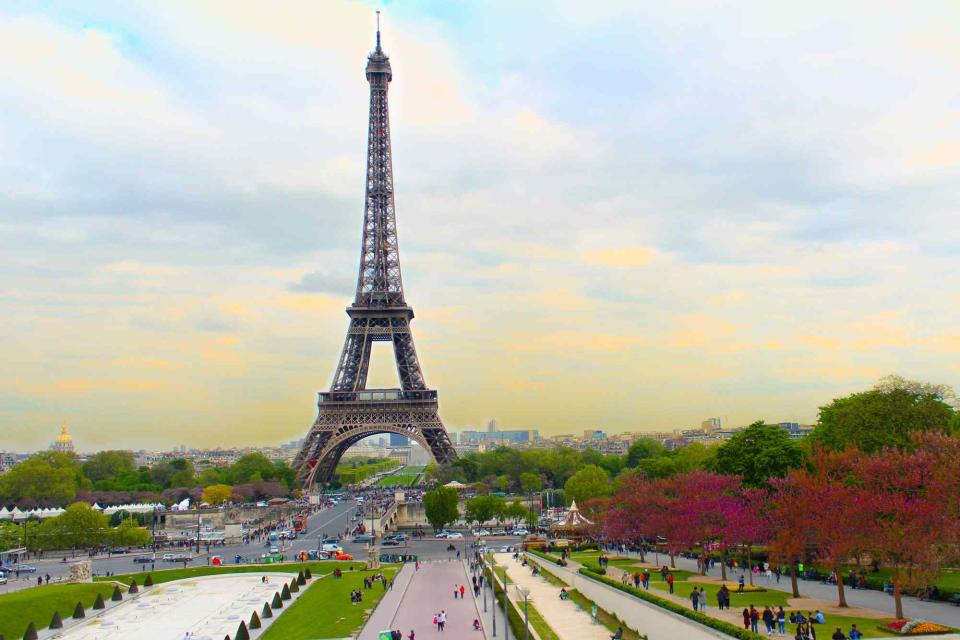
Eduardo_oliveros/Getty Images
Many things entice travelers to visit France — food, wine, fashion, architecture, and natural beauty among them. There’s something wonderful to eat, drink, see, and do in every corner of this Western European nation. It’s hard not to fall in love with Paris. The glamorous beaches along the Côte d'Azur are legendary. Provence also packs a punch with fragrant lavender fields, the hilltop villages of the Luberon, and vineyards. Vines and grand chateaux mix in the Loire Valley. Truth be told, the number of dazzling places within the country is actually quite dizzying, but we’re more than happy to help point you in some of the most photogenic directions. Scroll on for 20 of the best places to visit in France.
Gordes
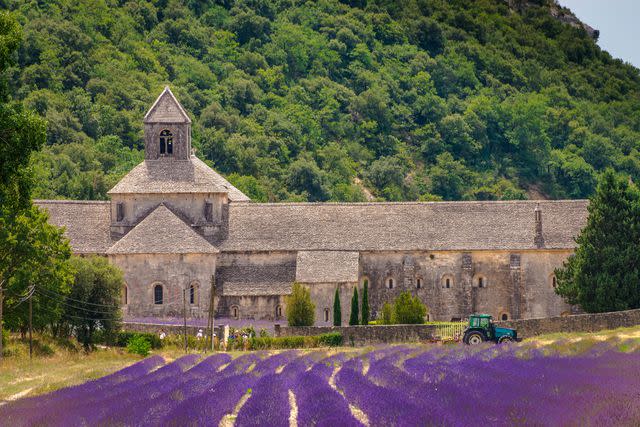
Chiara Salvadori/Getty Images
Undoubtedly one of the most beautiful small towns in the world, Gordes draws heaps of tourists who descend upon this idyllic Luberon village in the hopes of capturing the perfect shot of its cobbled lanes, time-worn churches, and 12th-century Sénanque Abbey framed by lavender fields.
Palace of Versailles
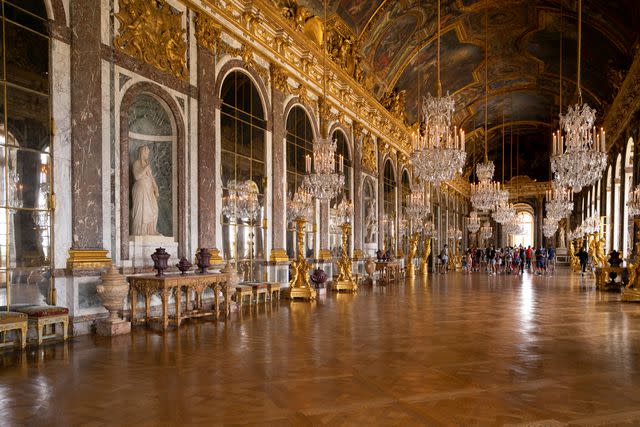
NurPhoto/Getty Images
Whether you’re a film buff, love history, or simply want to tick one of France’s most famous landmarks off your sightseeing list, the grandeur of Versailles never fails to impress. The palace is home to the Hall of Mirrors, the Royal Chapel, and many other opulent rooms. Outside are the magnificent gardens, fountains, and sprawling park.
Camargue
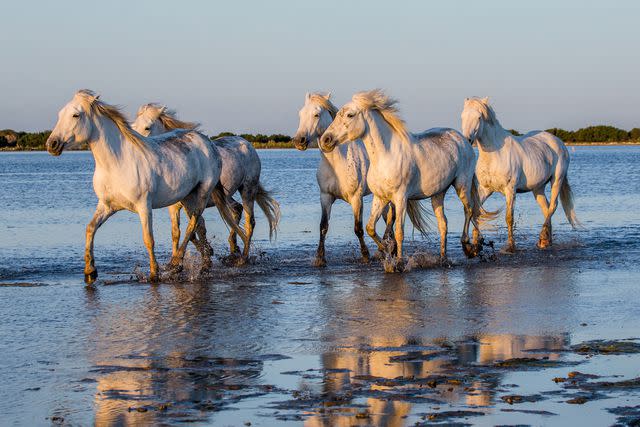
ANDREYGUDKOV/Getty Images
Camargue doesn’t look or feel like anywhere else in southern France. This wild region between the Mediterranean Sea and the two branches of the Rhône River delta brims with the untamed natural beauty of salt marshes, reed beds, free-roaming white horses, and hundreds of bird species — most notably, pink flamingos.
Eiffel Tower
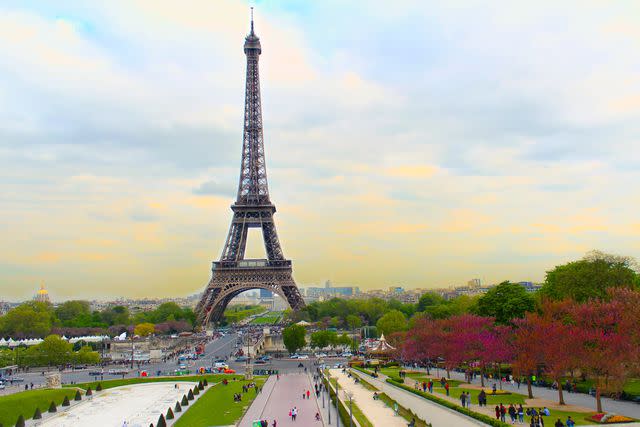
Eduardo_oliveros/Getty Images
Built for the 1889 World's Fair, the Eiffel Tower is an enduring symbol of Paris. It’s one thing to see the famous landmark in films, television shows, and photographs, but it’s quite another to get a close-up look at this incredible feat of ingenuity in real life. The twinkly lights at night only add to the romance of it all.
Île Sainte-Marguerite
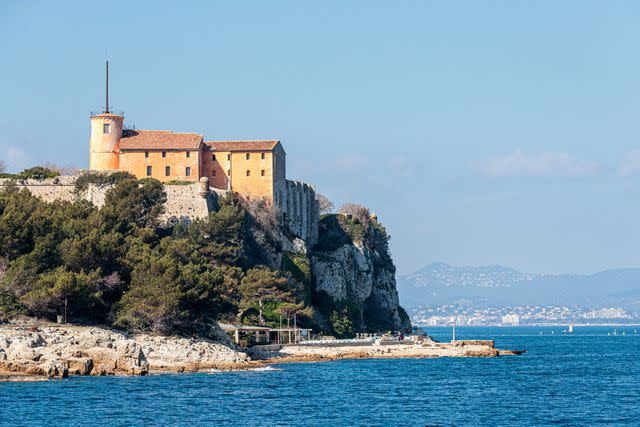
Wirestock/Getty Images
Located about half a mile offshore from tourist-laden Cannes, Île Sainte-Marguerite reflects a more low-key side of the French Riviera with lovely scenery at every turn. The largest of the Lérins Islands has beautiful rocky beaches, turquoise waters, and a eucalyptus forest, plus an underwater sculpture museum.
Châteaux of the Loire Valley
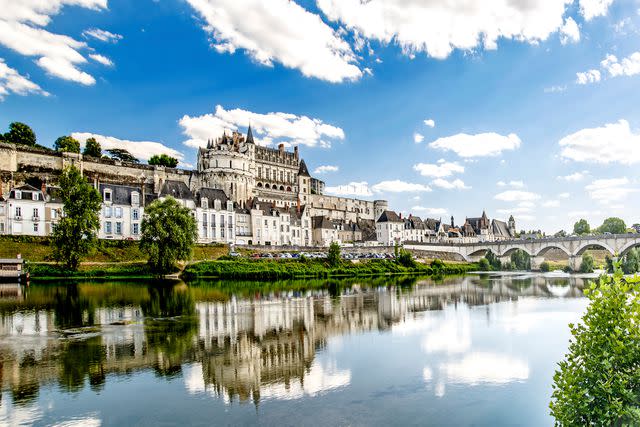
boerescul/Getty Images
Part of the historical and architectural fabric of the country, the châteaux of the Loire Valley are an enduring reminder of Renaissance resplendence. Impressive from both a design and landscaping perspective, these regal landmarks range from palaces with sprawling gardens (like Château de Chambord) to smaller castles.
Saint-Jean-Cap-Ferrat
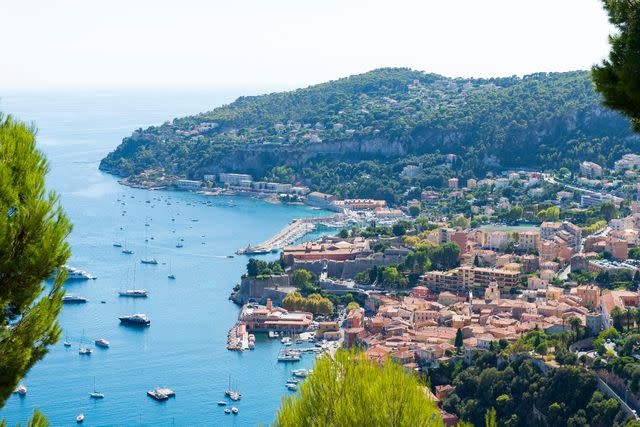
John Harper/Getty Images
Tucked on the eastern side of a forested peninsula, the exclusive commune of Saint-Jean-Cap-Ferrat has long captivated artists such as Henri Matisse, writers, and well-heeled holiday-goers with its spellbinding beauty. Expect exquisite villas hidden by lush vegetation, breathtaking beaches with clear waters for snorkeling, hiking trails, and a yacht-filled harbor.
Eguisheim
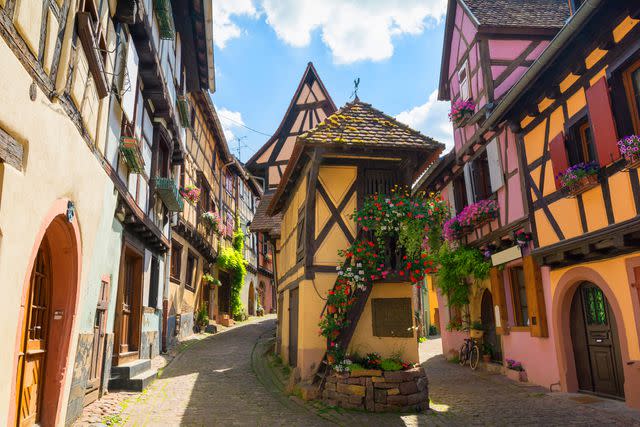
Milena Pigdanowicz-Fidera/Getty Images
Situated just south of Colmar in the Alsace region of France, Eguisheim looks like a medieval village you’d see on the cover of a storybook with a concentric plan of narrow streets, half-timbered houses, bubbling fountains, centuries-old castles, and wine caves.
Louvre Museum
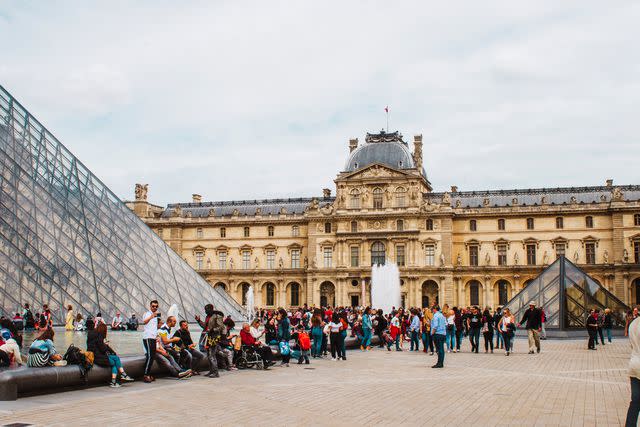
Taylor McIntyre/Travel + Leisure
No list of the best places to visit in France would be complete without mentioning the Louvre. The most patronized museum in the world is a historic landmark in its own right with an eye-catching exterior and rooms filled with priceless works of art including the "Mona Lisa" and the Venus de Milo.
Strasbourg Cathedral

Christopher Larson/Getty Images
Strasbourg Cathedral is widely regarded as one the most outstanding examples of Rayonnant Gothic architecture (though, for accuracy, the remaining parts of the original structure are Romanesque). It’s a beautiful landmark with heaps of history and visual appeal that’s well worth visiting while in the Alsace region.
Mont Blanc
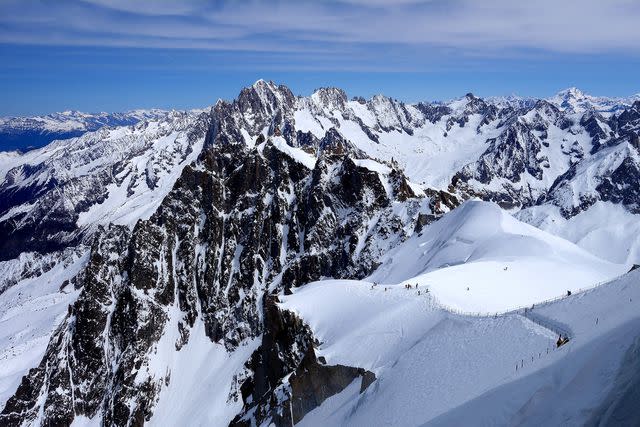
Simon Koh/EyeEm/Getty Images
Straddling the French-Italian border and extending into Switzerland, Mont Blanc (which translates to “White Mountain”) rises 15,771 feet, making it the highest mountain in the Alps and the second most prominent peak in Europe. People come from near and far to go skiing, ride the Aiguille du Midi cable car, and even attempt to climb to the summit.
Valensole Plateau Lavender Fields
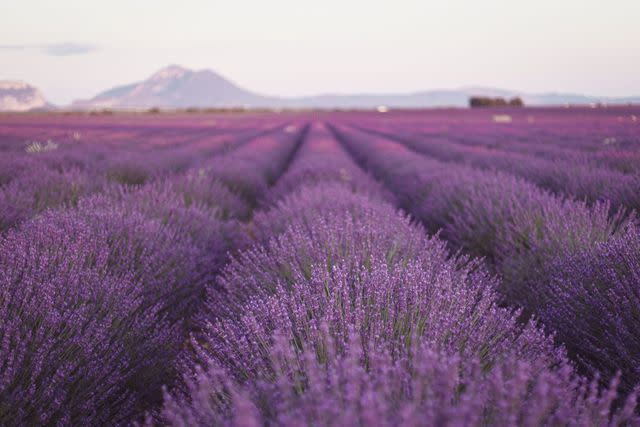
Paula Galindo Valle/Travel + Leisure
Lavender fields have come to define Provence. This purple-hued visual is splashed across the front of virtually every postcard in the region. Many of those photos were taken on the Valensole Plateau, which erupts in a fragrant and vibrant bloom each summer.
Montmartre
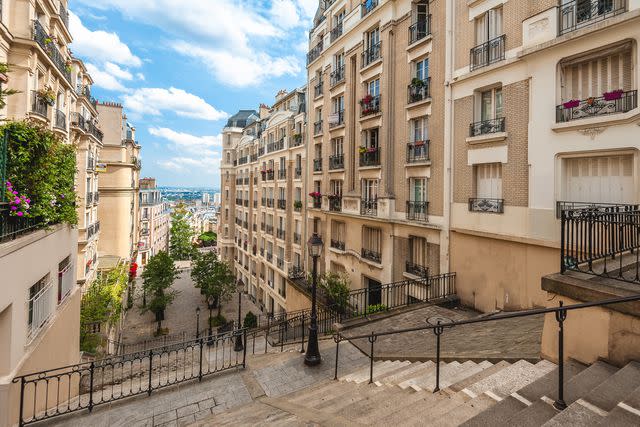
Jui-Chi Chan/Getty Images
The charming hilltop district of Montmartre in Paris’s 18th arrondissement feels more like a small village than a big city. Cobbled streets, sidewalk cafes, windmills, and performances from local musicians give it a quaint atmosphere. Its crown jewel, the iconic white-domed Sacré-Cœur commands attention.
Saint-Tropez
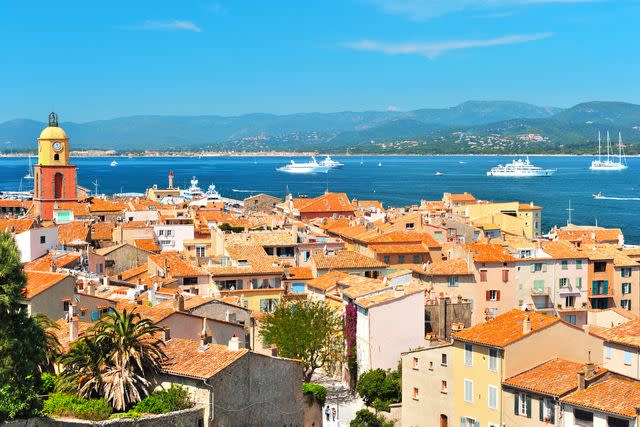
LiliGraphie/Getty Images
Few places shine quite like Saint-Tropez. Celebrities, artists, and jet setters have been flocking to this cinematic holiday hotspot on the French Riveria since the 1960s. The glamorous beach clubs, mega yachts, and charming old fishing quarter keep the crowds thick every summer.
Belle-Île-en-Mer
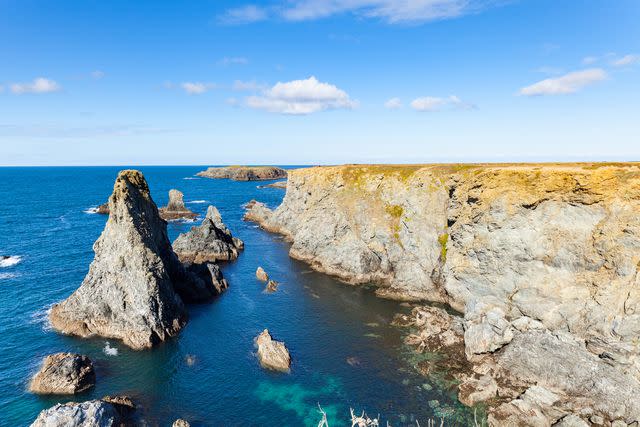
jpchret/Getty Images
The largest of the islands off the coast of Brittany in northwest France, the aptly named Belle-Île-en-Mer is a beautiful destination with uncrowded beaches, enchanting villages, and rugged cliffs. The jagged rock formation known as Les Aiguilles de Port Coton even inspired Monet to pick up his paintbrush.
Porquerolles

sam74100/Getty Images
While it’s impossible to pick a favorite spot along the French Riveria, there’s a lot to love about Porquerolles. The largest of the Îles d'Hyères offers peaceful beaches, calm waters, rolling vineyards, cycling paths through the countryside, old forts, and an off-the-beaten-path vibe.
Veuve Clicquot Champagne House
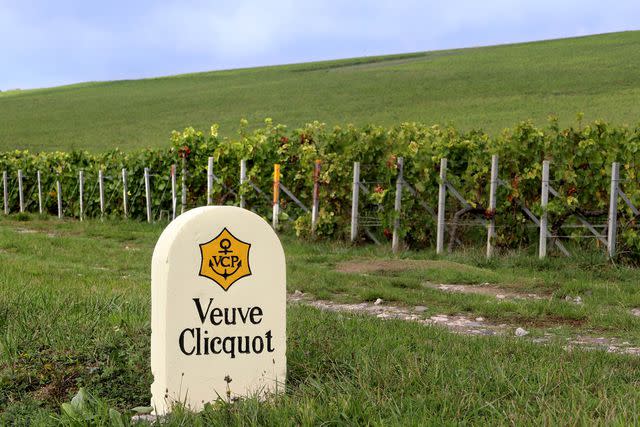
David Silverman/Getty Images
For fans of bubbly, few things are as fabulous as a trip to the Champagne region of France. Founded in 1772, Veuve Clicquot tops the list of the most significant and celebrated producers. A visit to this world-famous house in Reims entails touring the historic cellars and, of course, sipping the finest sparkling wine.
Arc De Triomphe
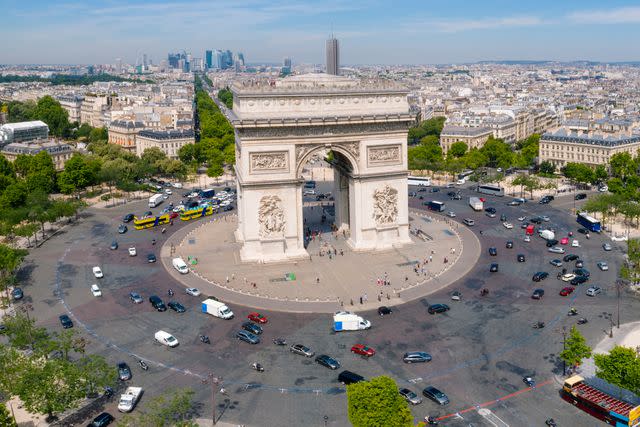
pawel.gaul/Getty Images
Everyone who visits France’s capital for the first time heads over to the Arc De Triomphe for that “I went to Paris" photo. It’s worth joining the masses in admiring this famous monument that stands tall at the western end of the Champs-Élysées.
Hotel du Cap-Eden-Roc
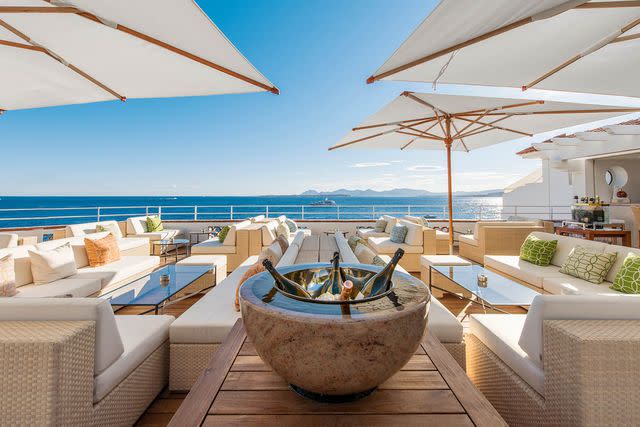
Courtesy of Hotel du Cap-Eden-Roc
Admittedly, an overnight stay at the luxurious Hotel du Cap-Eden-Roc at the tip of Cap d’Antibes isn’t in the budget for most travelers. But that shouldn’t preclude you from visiting. Reserve a terrace table at the restaurant to savor Mediterranean cuisine alongside stunning views of the sea and the rock-framed infinity pool.
D-Day Landing Beaches
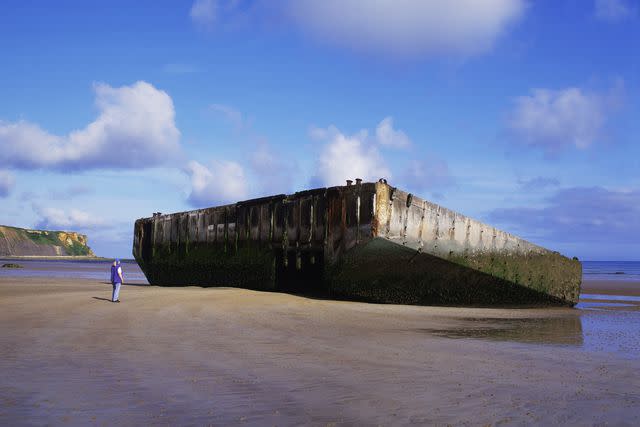
P A Thompson/Getty Images
Normandy is closely associated with WWII — specifically, the fateful day the Allied troops made landfall at the D-Day beaches, an operation that ultimately led to the liberation of France (and eventually Western Europe) from Nazi occupation. Today, travelers can visit the many museums and memorials along the 50-mile stretch of coastline.
For more Travel & Leisure news, make sure to sign up for our newsletter!
Read the original article on Travel & Leisure.

